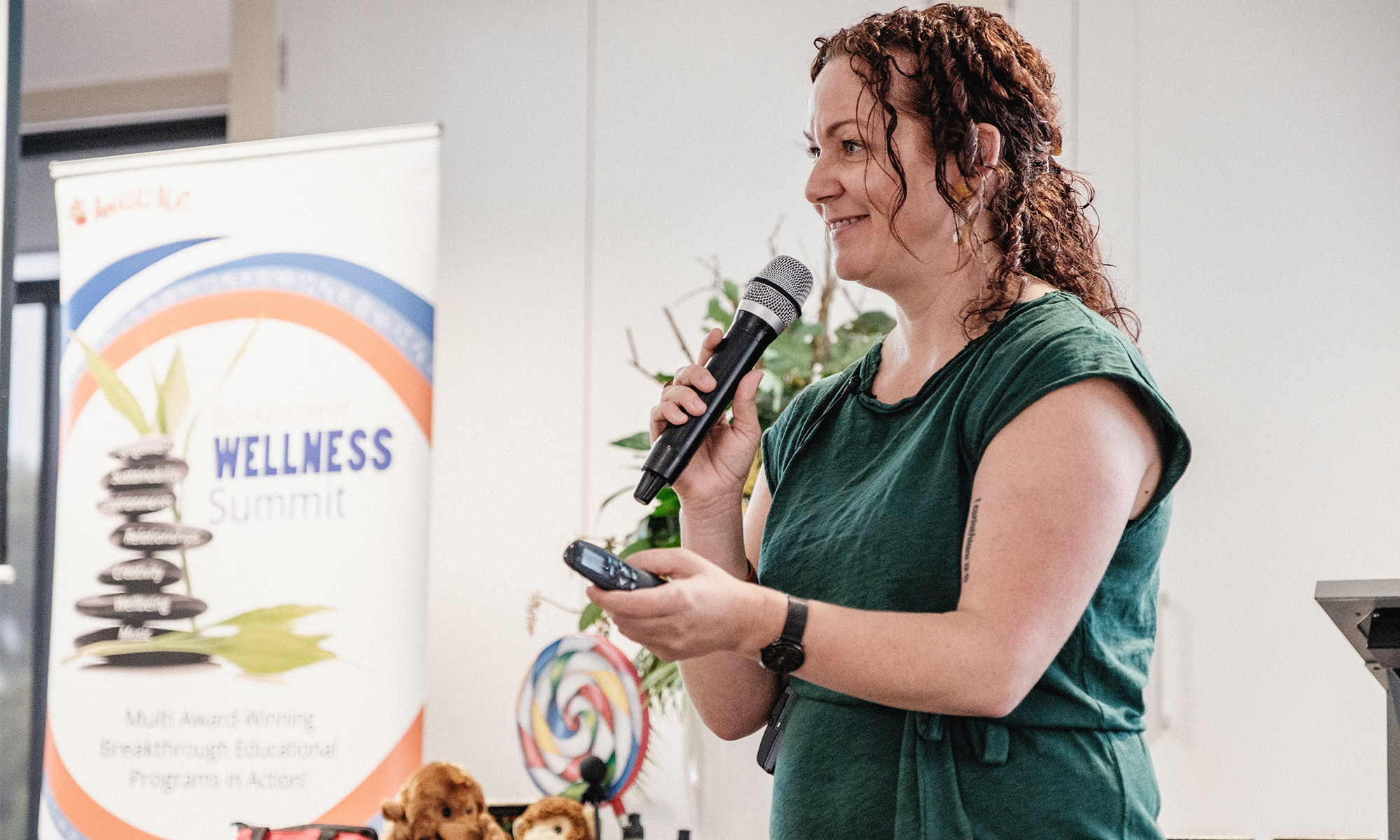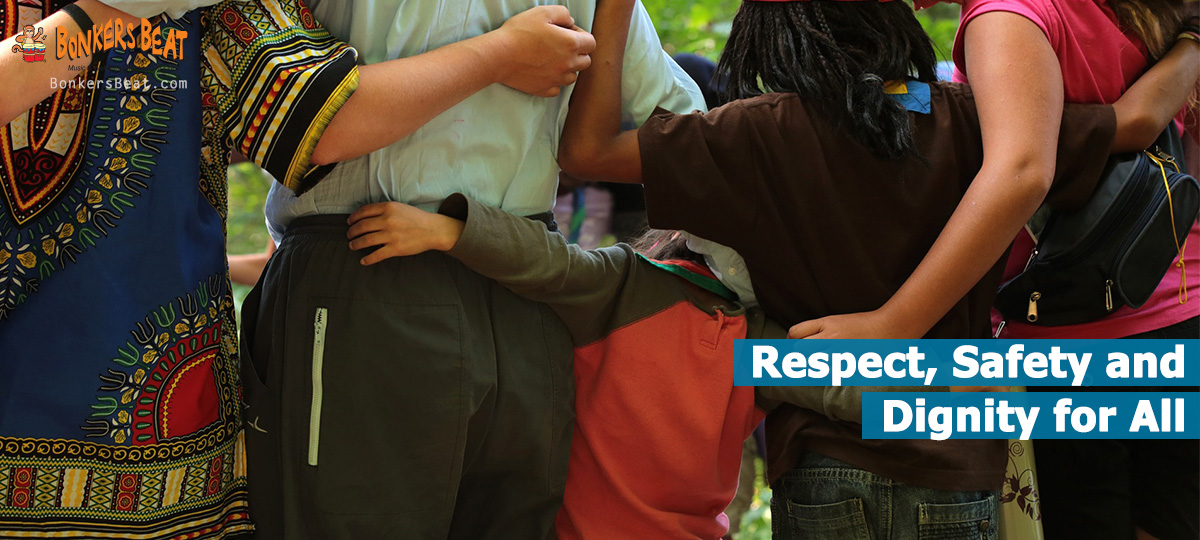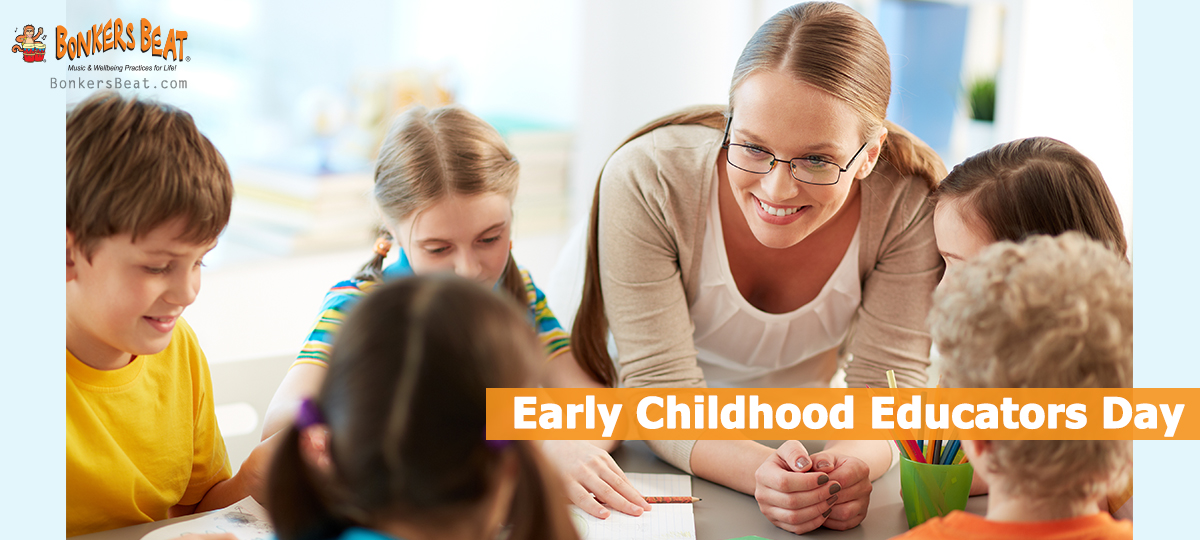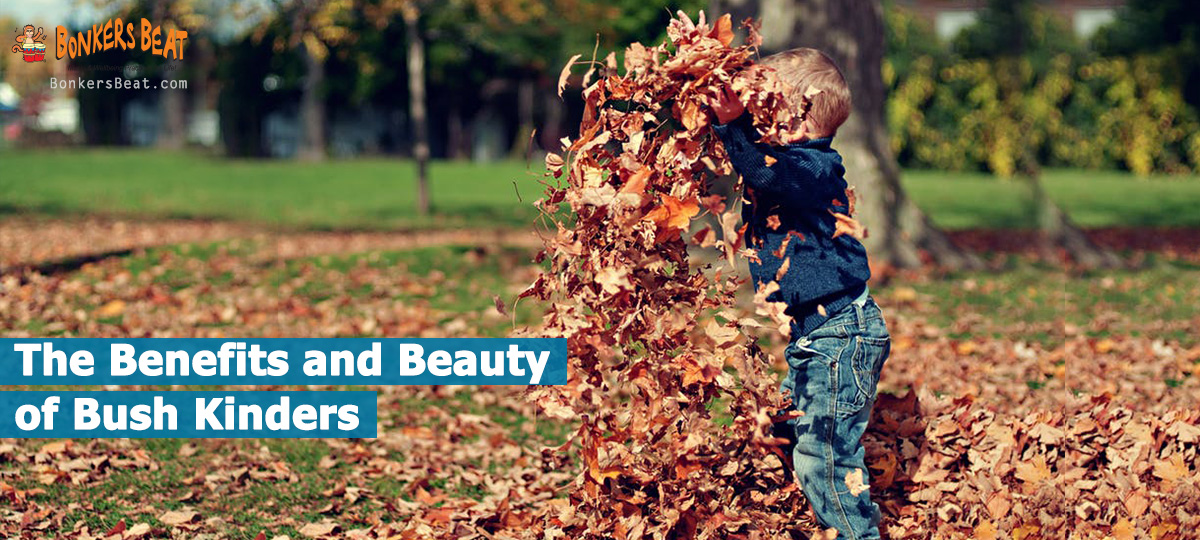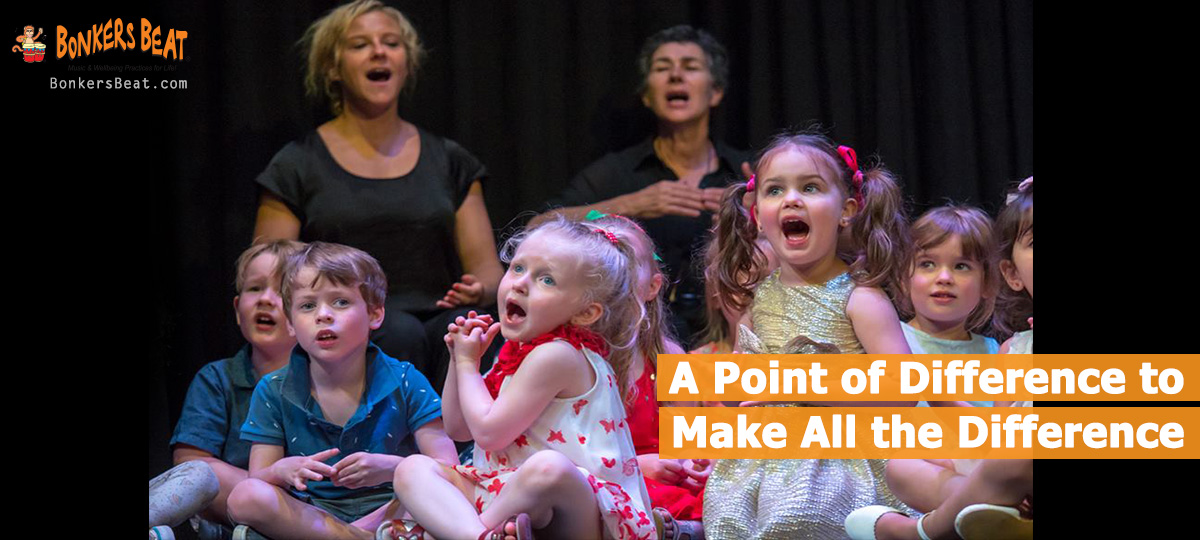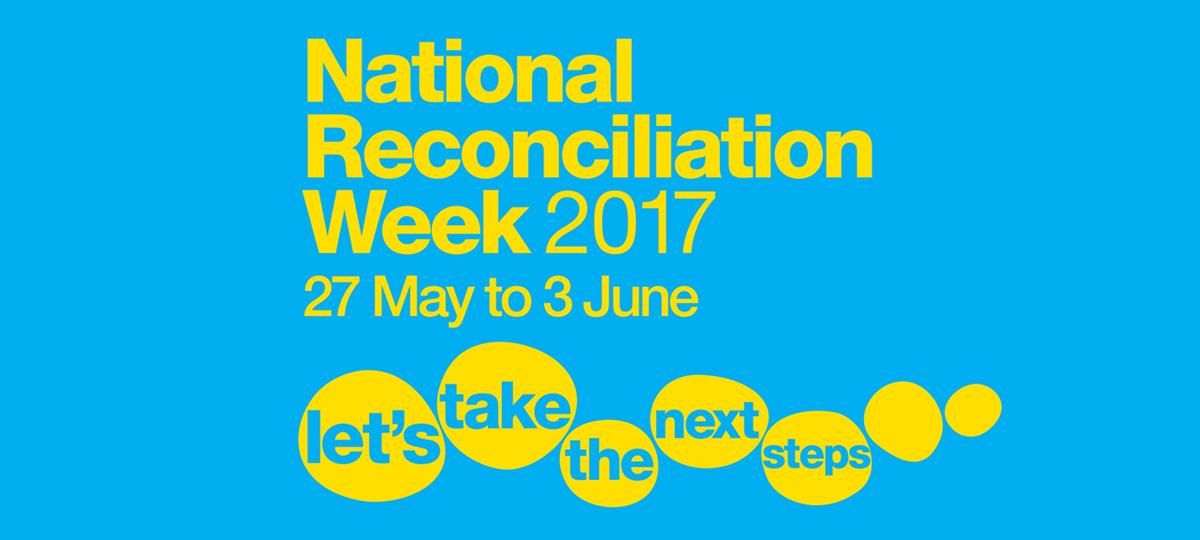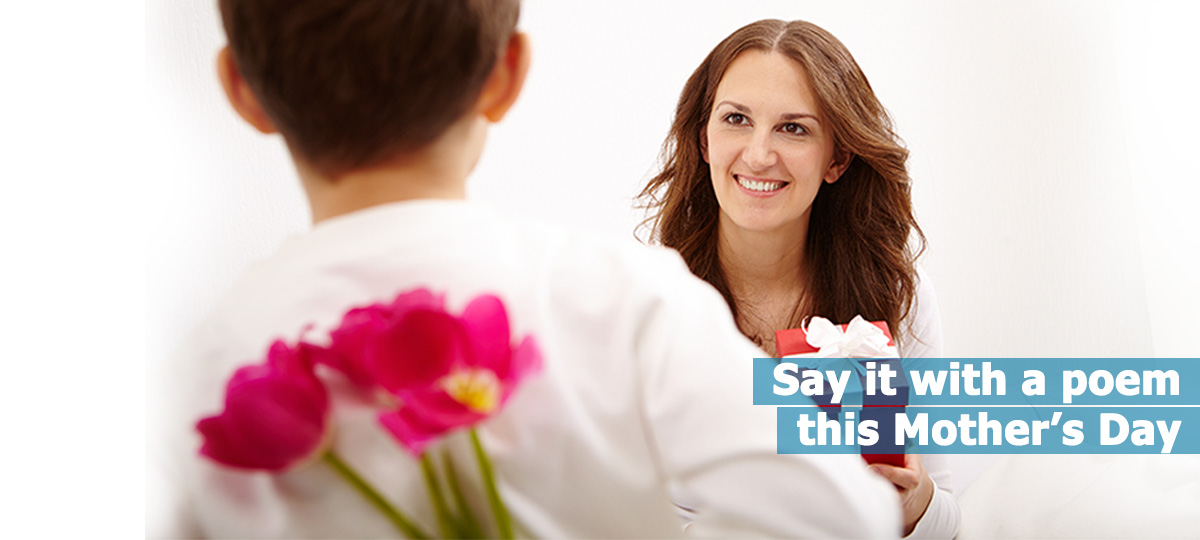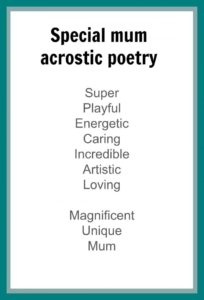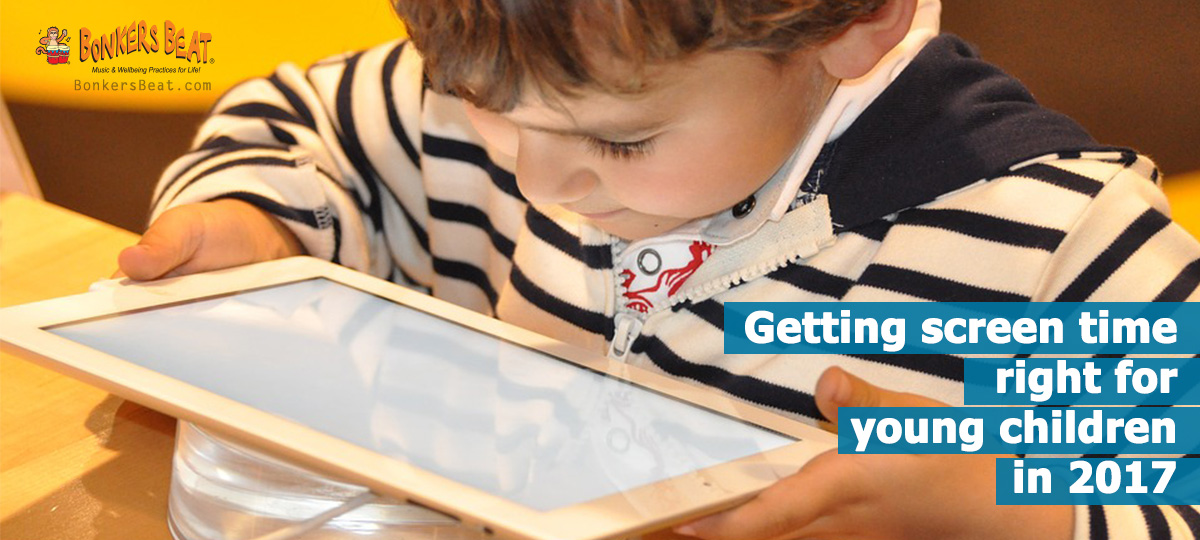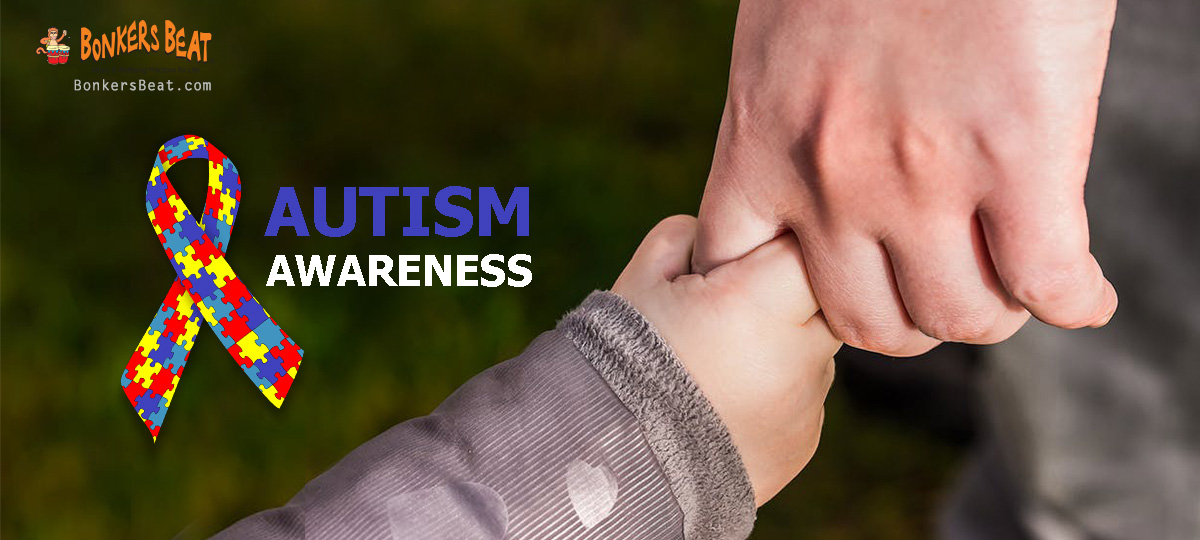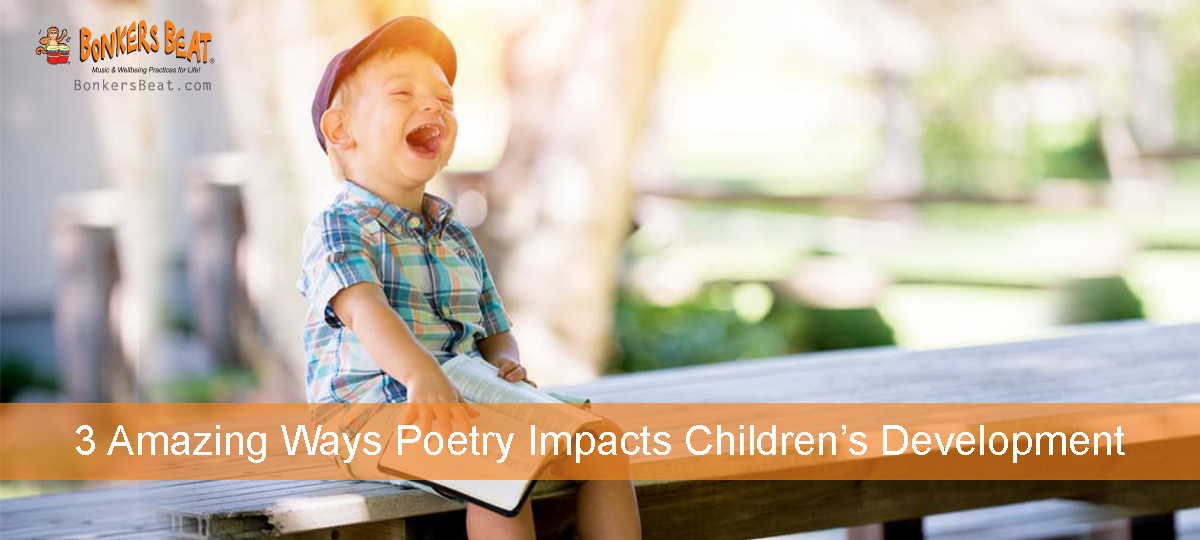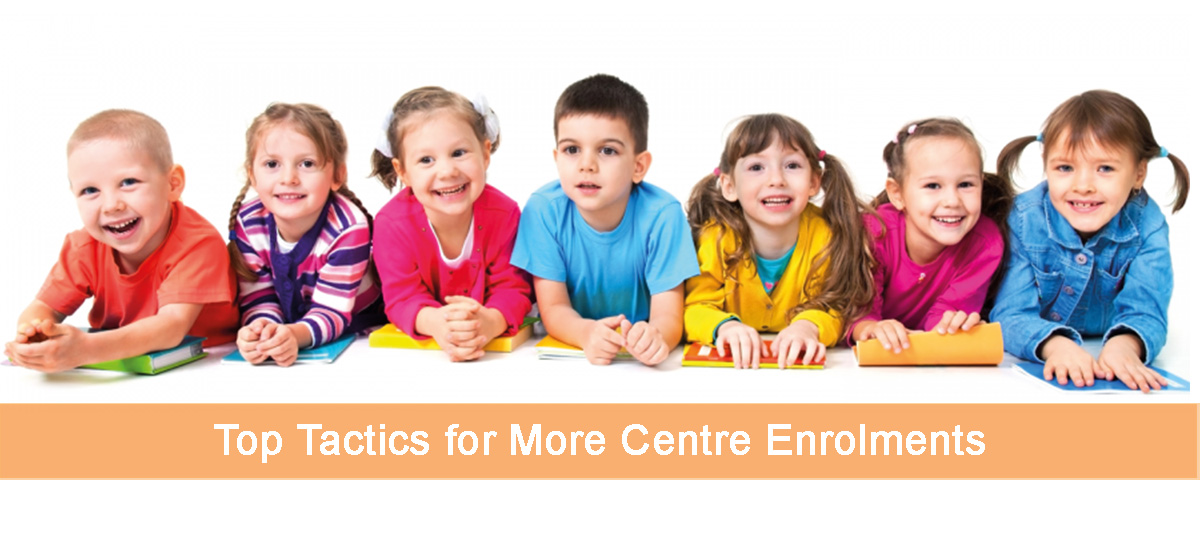In a time where we see some forces aiming to divide the world, it’s so important to show children the right way forward. The caring and compassionate way forward. In 2017 the theme for the International Day of Peace is Together for Peace: Respect, Safety and Dignity for All. What a beautiful reminder to encourage connectedness and respect among children in our care.
The International Day of Peace (Thursday 21 September) takes place each year worldwide with the aim of strengthening the ideals of peace. This can apply to peace within nations, or global peace. It can even just apply to own our communities. Seeking peace through being inclusive, respectful and kind to others is something we can do every day.
Showing children the path to peace
While the concepts of peace and conflict are perhaps challenging for young children and not for them to worry about at this young age, we can help to embed positive values through their early childhood education.
Here’re a few ways you can intentionally incorporate the values of the International Day of Peace in your centre:
Model compassion and caring:
Show children what compassion and caring looks like. Offer help to others and generally look out for one another.
Promote a respectful environment:
Good manners, listening to others and accepting differences are ways to encourage respect within childcare centres.
Build a sense of belonging for all:
Aim to celebrate all walks of life in your centre. Inclusive practices are essential in early childhood. Ask families to get involved, share stories, songs, traditions, food from their cultures or get children to talk about their home life so children are exposed to a diverse range of family situations.
This ACECQA document is a useful resource on encouraging inclusive behaviour in early childhood. You might also like to explore this Gowrie Victoria document that covers respect for children.
Of course, the International Day of Peace is just a reminder to instill these approaches and values in your centre… By all means, continue to do these things now and beyond!
If you’re interested in learning more about the International Day of Peace, visit the official website here.
